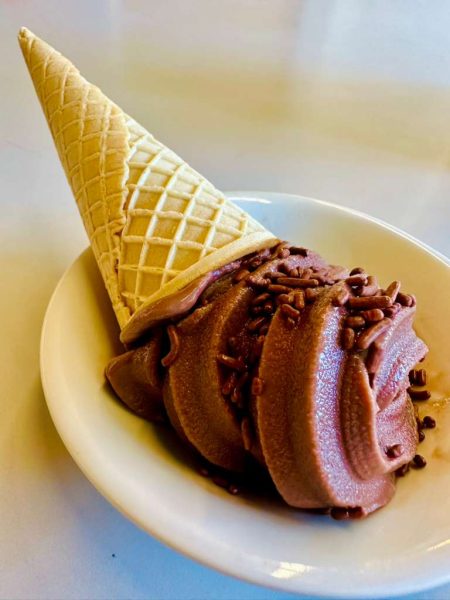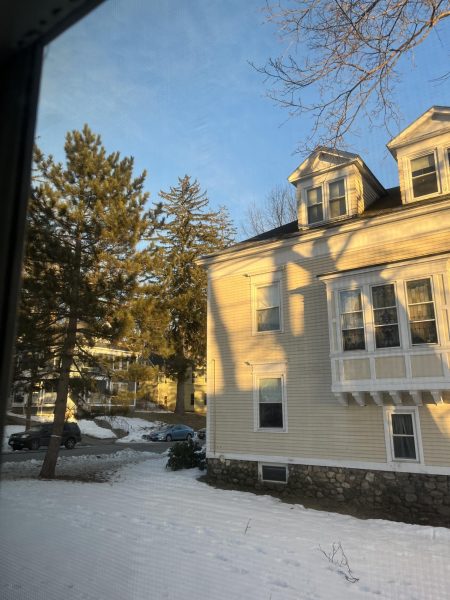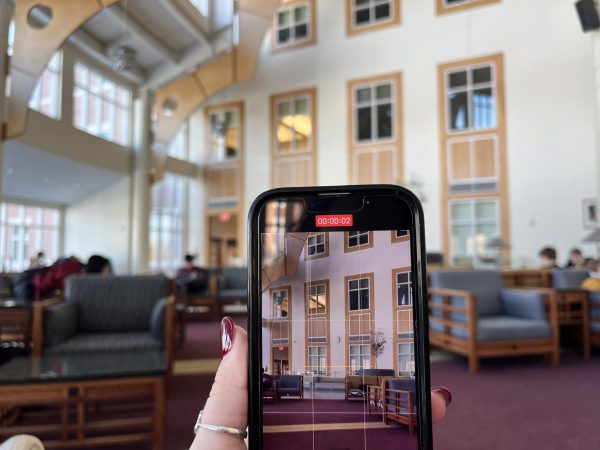As Student Diversity Rises, Faculty Representation Lags Behind
“We value people who look different, we don’t value those who think different[ly].”
This is a direct quote from Professor Kristen Barnett who is an American Studies professor at Bates. The point Professor Barnett makes is echoed in Dr. Sara Ahmed’s book “On being Included: Racism and Diversity in Institutional Life,” highlighting the assimilative nature of institutions of higher education, especially those with defining historical narratives about ‘who’ they are. According to “A Brief History,” located on the college website, Bates College prides itself on being one of the leading liberal arts colleges which accept students and faculty “without regard to race, religion, nationality origin, or sex.”
While this statement may be true, what happens after students and faculty arrive on campus? Does the acceptance of marginalized groups stop after the acceptance letter or the first day? Bates likes to celebrate the Black, Indigenous, and other People of Color (BIPOC) on campus, but only to sell a distorted image that Bates is “woke.” Bates is undeniably a white institution, a phrase we need to practice saying more.
In my discussion with Professor Barnett, we talked about faculty diversity on campus. Bates Admissions pushes for increased diversity and inclusivity in the student population and campus environment, but what about in the faculty? Why is it that Bates has just started expanding its waters? It’s 2020 and Bates has recently recruited two more Native American faculty members after Professor Barnett had been the only identified Native American faculty member for three years. Bates, by definition, is an institution for liberal arts education but has yet to live up to this title.
Below is a table recording the faculty diversity in the fall of 2019.
| Fall 2018
All Faculty by Race |
Bates
College |
American Studies
Faculty |
American Studies FTE and Program committee* |
| Hispanic | 10 | 0 | 0 |
| Native | 1 | 1 | 1 |
| Pacific Islander | 0 | 0 | 0 |
| Black/African American | 11 | 1 | 1 |
| White | 158 | 0 | 4 |
| Multiracial | 8 | 0 | 1 |
| International | 12 | 0 | 0 |
| Unknown | 3 | 0 | 0 |
| Total | 212 | 0 | 0 |
| Total % of Underrepresented minority | 18% | 100% | 43% |
Table 1. Bates Faculty by Race ( Bates Facts, Fall 2019)
*Larger program committee of the American Studies Department
Besides looking at the faculty members as a whole, what happens when we break down the diversity in each department? The American Studies department has 100% of faculty members coming from marginalized groups…having two core professors. When the data is speaking about marginalized or underrepresented minorities, the data was looking at faculty members that identified as non-white. What about the STEM departments? Personally I know of only one woman who comes from an otherwise marginalized group in the STEM departments. This is speaking from courses I have taken or currently taking where I have met these professors. There should be a closer look into the biology, chemistry, neuroscience, and other STEM departments about these statistics.
A liberal arts education is about decolonizing structures of education and is a means of using nontraditional pathways in academia. Hiring BIPOC faculty is great, but the assimilation to one system of teaching is still present. There are several incidents of BIPOC faculty being hired at predominantly white institutions like Bates, pushed into a frame of teaching the material with a certain type of behavior, and given the impression that they need to use material others previously used. These incidents have caused the BIPOC faculty to look for new positions elsewhere. While there are many reasons why faculty members apply for other positions –– looking to network, funding for research, increased merit payment, personal matters –– most of the time, they are unhappy where they are.
Bates also needs to hire people with the training or the cultural background to teach topics that are dominated by white faculty. An outsider who knows nothing of the experiences of a marginalized group should not be leading the discussion, let alone be teaching the material on that group’s experience. Letting BIPOC students take courses about the lived experiences of their communities that are taught by white faculty disregards their own value and voice. Besides the departments that focus on the identities of Black, Indigenous and other People of Color, other departments are deprived of diversity. BIPOC students are scattered across all majors and take courses in numerous departments that have little to no faculty of color. Bates would benefit from including a more diverse way of teaching and thinking in all fields of study.
I hear and read people discussing these issues, but what is actually being done? Though people have pointed out these problems, it usually ends there. We need follow-up action to dismantle these systems. It is not enough to simply acknowledge what is happening – something has to be done. What will it take for universities and colleges to recognize the underrepresentation of BIPOC in not only the student population but also the faculty population? To what extent will the BIPOC communities help determine the direction of dismantling these structures before they end up doing all the labor?
Not only should Bates create policies to acknowledge the difference of experience for BIPOC faculty, but Bates should also be putting them into play. The more we build the capacity for this, hopefully, the more we will see supported diversity in classrooms and across different spaces. Bates likes to praise itself for inviting all different experiences to the table to exoticize and tokenize the BIPOC students and faculty. Even if these efforts show appreciation, good intentions don’t change reality. Wanting to find a solution is more complex than that; efforts and good intentions are appreciated but are not the only means of reaching inclusivity.
As a predominantly white institution, simply taking action right away does not help. Bates needs to sit on the issues at hand, viewing themselves not as the solution, but as the problem. Immediately fixing and issuing a statement that they plan to change steers away from the goal, allowing the college and its supporters to view themselves as the saviors. Bates has to deal with white guilt instead of feeding the BIPOC community the same copy and pasted diversity statement signed by Clayton Spencer.
Your donation will support the student journalists of Bates College and help us cover our annual website hosting costs.






